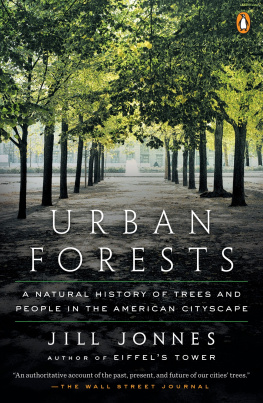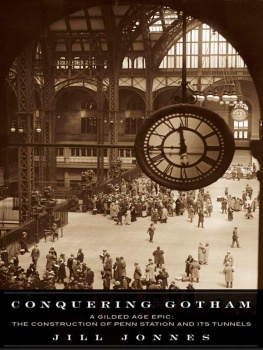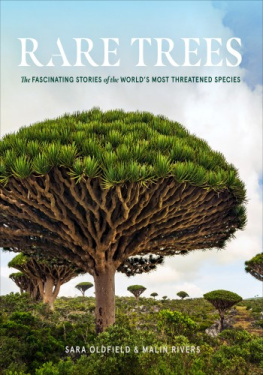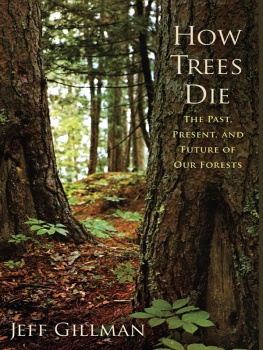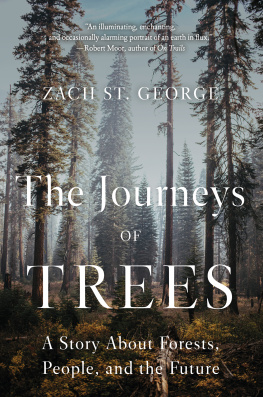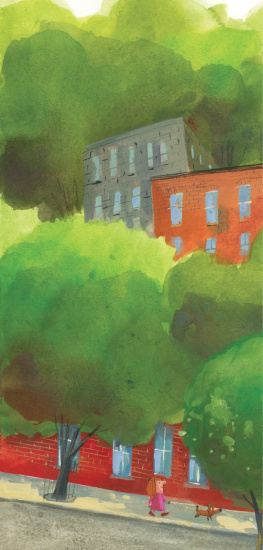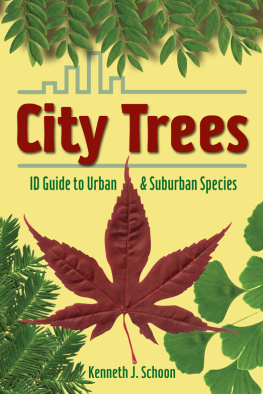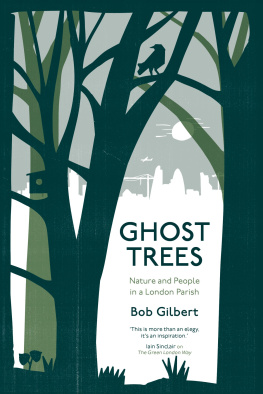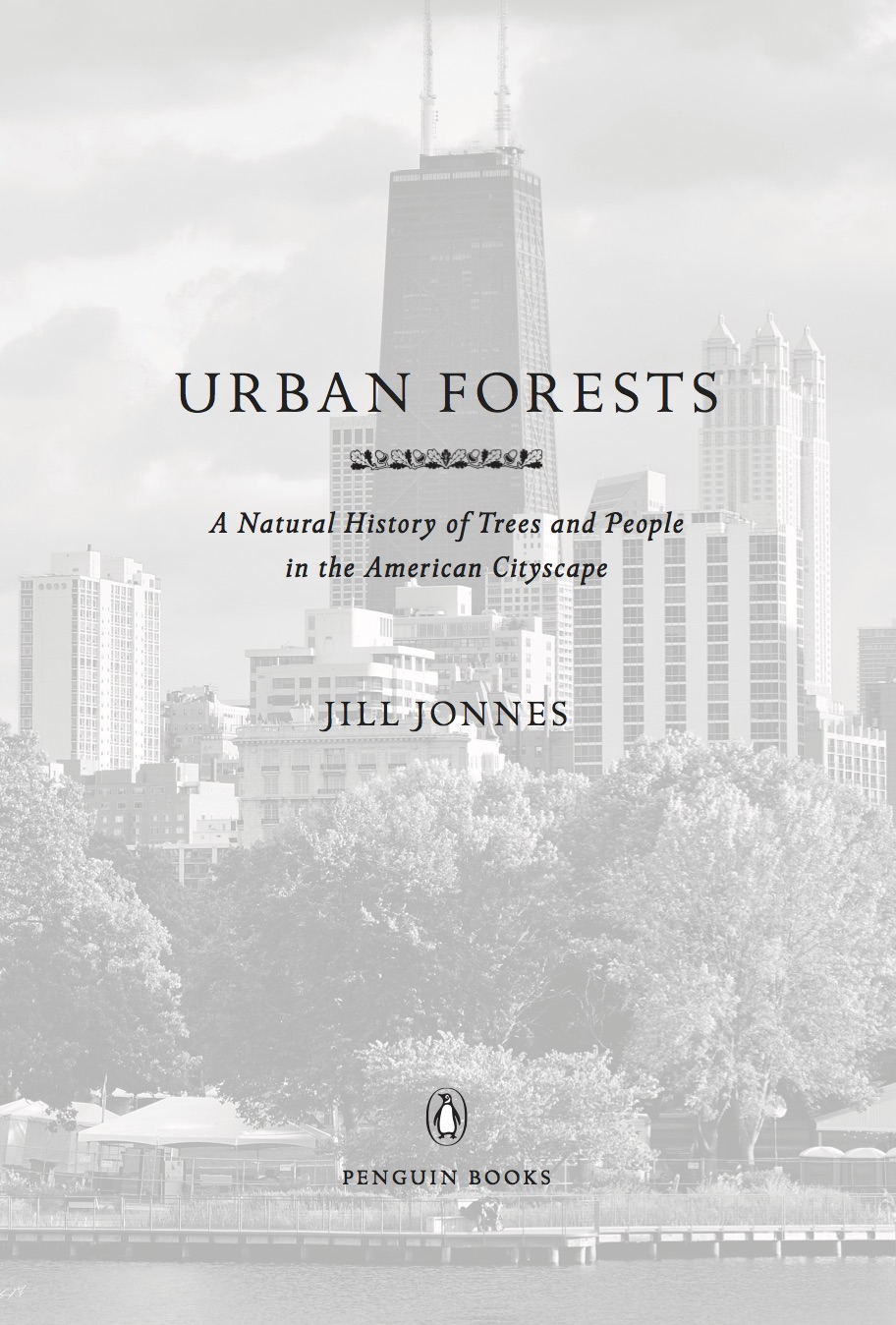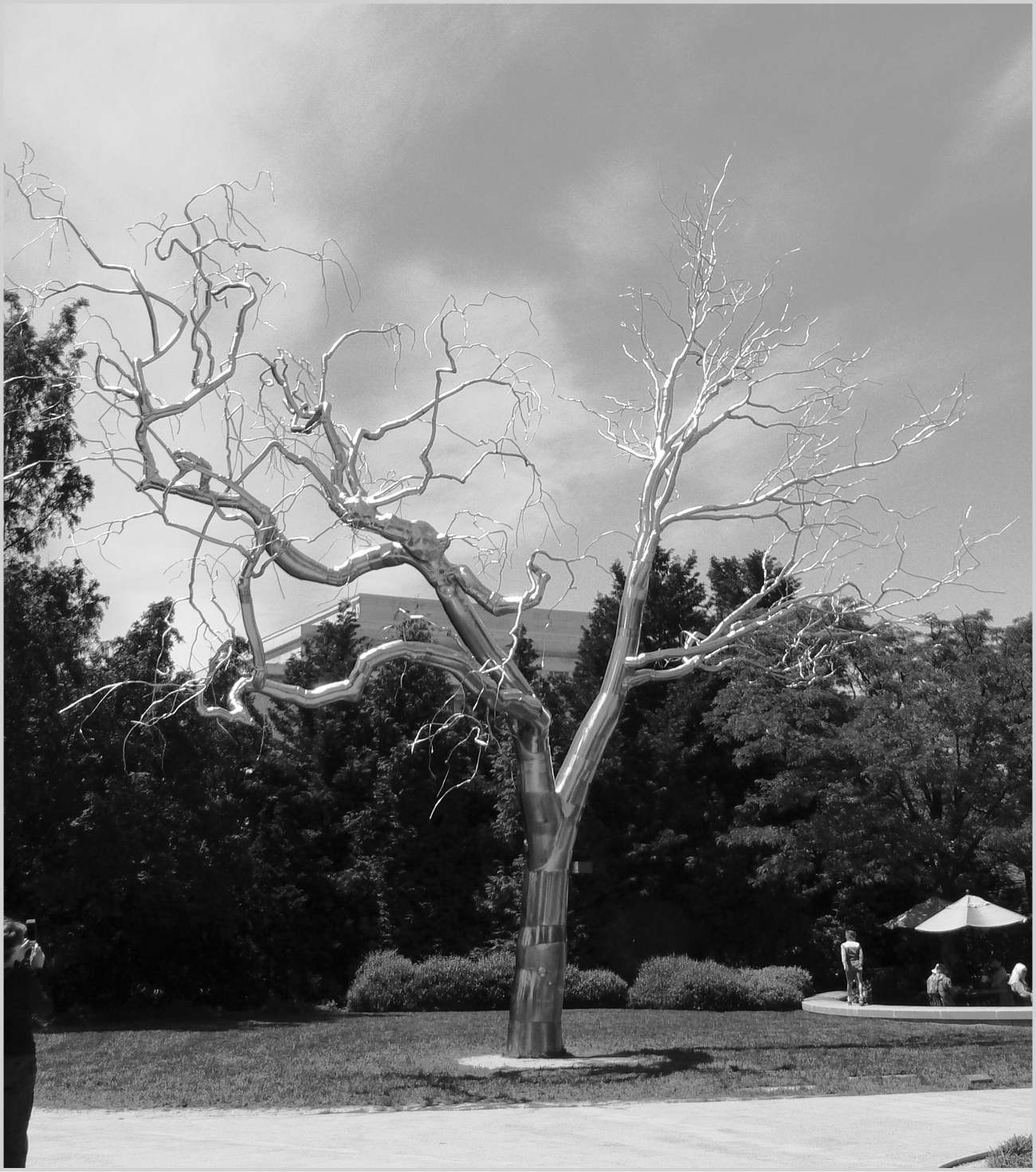Jill Jonnes - Urban Forests: A Natural History of Trees and People in the American Cityscape
Here you can read online Jill Jonnes - Urban Forests: A Natural History of Trees and People in the American Cityscape full text of the book (entire story) in english for free. Download pdf and epub, get meaning, cover and reviews about this ebook. year: 2016, publisher: Penguin Publishing Group, genre: Detective and thriller. Description of the work, (preface) as well as reviews are available. Best literature library LitArk.com created for fans of good reading and offers a wide selection of genres:
Romance novel
Science fiction
Adventure
Detective
Science
History
Home and family
Prose
Art
Politics
Computer
Non-fiction
Religion
Business
Children
Humor
Choose a favorite category and find really read worthwhile books. Enjoy immersion in the world of imagination, feel the emotions of the characters or learn something new for yourself, make an fascinating discovery.
- Book:Urban Forests: A Natural History of Trees and People in the American Cityscape
- Author:
- Publisher:Penguin Publishing Group
- Genre:
- Year:2016
- Rating:4 / 5
- Favourites:Add to favourites
- Your mark:
Urban Forests: A Natural History of Trees and People in the American Cityscape: summary, description and annotation
We offer to read an annotation, description, summary or preface (depends on what the author of the book "Urban Forests: A Natural History of Trees and People in the American Cityscape" wrote himself). If you haven't found the necessary information about the book — write in the comments, we will try to find it.
Jonnes extols the many contributions that trees make to city life and celebrates the men and women who stood up for Americas city trees over the past two centuries. . . . An authoritative account. Gerard Helferich, The Wall Street Journal
We all know that trees can make streets look prettier. But in her new book Urban Forests, Jill Jonnes explains how they make them safer as well. Sara Begley, Time Magazine
A celebration of urban trees and the Americanspresidents, plant explorers, visionaries, citizen activists, scientists, nurserymen, and tree nerdswhose arboreal passions have shaped and ornamented the nations cities, from Jeffersons day to the present
As natures largest and longest-lived creations, trees play an extraordinarily important role in our cities; they are living landmarks that define space, cool the air, soothe our psyches, and connect us to nature and our past. Today, four-fifths of Americans live in or near urban areas, surrounded by millions of trees of hundreds of different species. Despite their ubiquity and familiarity, most of us take trees for granted and know little of their fascinating natural history or remarkable civic virtues.
Jill Jonness Urban Forests tells the captivating stories of the founding mothers and fathers of urban forestry, in addition to those arboreal advocates presently using the latest technologies to illuminate the value of trees to public health and to our urban infrastructure. The book examines such questions as the character of American urban forests and the effect that tree-rich landscaping might have on commerce, crime, and human well-being. For amateur botanists, urbanists, environmentalists, and policymakers, Urban Forests will be a revelation of one of the greatest, most productive, and most beautiful of our natural resources.
Jill Jonnes: author's other books
Who wrote Urban Forests: A Natural History of Trees and People in the American Cityscape? Find out the surname, the name of the author of the book and a list of all author's works by series.

